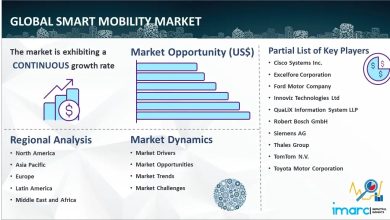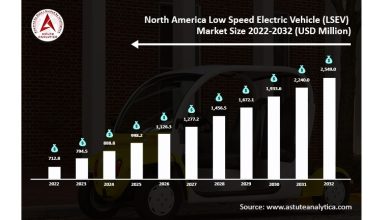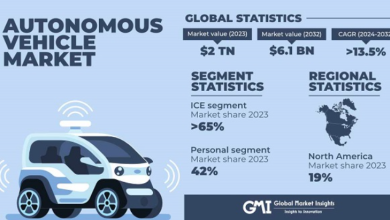Automotive digital cockpit controller computing power to double by 2030
NEW YORK, March 28, 2024 /PRNewswire/. — According to a new report from global technology intelligence firm ABI Research, the computing power of the CDC will increase significantly over the next few years, with graphical computing power and deep-learning processing power (for AI-powered functions) expected to double by 2030 for an average mid-market CDC. The lengthening lifecycle of vehicles is driving automotive Original Equipment Manufacturers (OEMs) to plan several years of customer support through regular Over-the-Air (OTA) updates. Achieving this requires a digital Cockpit Domain Controller (CDC) with an architecture that supports long-term updating and maintenance.
OEMs are beginning to plan for several years of support, both in software patches and bug fixes, and for delivering new added value features to the driving experience. “This support and feature roadmap requires a hardware and software architecture that supports the continuous updating of vehicles over time. OEMs need a system that accommodates quick, targeted updates by shipping vehicles with planned overhead in computing power, software containerization, and robust hypervisors. These can be accommodated by silicon vendors such as NVIDIA or Qualcomm with their suite of high-powered System-on-Chips (SoCs), along with hypervisor and software specialists such as Blackberry QNX.”
“Mixed-criticality systems like the digital cockpit domain controller are facing challenges with OTA updates. Many car manufacturers are unsure about the computing power needed for long-term software support. Moreover, there’s a lack of communication between carmakers and their partners regarding future features and hardware requirements,” explains Abu Miah, Smart Mobility and Automotive Analyst at ABI Research.
The computing power of the CDC will increase significantly over time. Average mid-market CDCs will see their Tera Floating-Point Operations per Second (TFLOPS) jump from 1 TFLOPS in 2023 to 2.5 TFLOPS by 2030. Miah adds, “One of the primary drivers of this increase is the implementation of a larger number of higher resolution screens in the vehicle. Moreover, this is to accommodate new high-end gaming and video-on-demand features.”
Building a ‘future-proofed’ CDC is not as simple as throwing compute power at the vehicle. “OEMs, tier ones, and silicon vendors must all work toward an ecosystem of hardware and software agnosticism and modular architecture. Collaborative software development is essential if they are to match customers’ expectations of updates, patches, and bug fixes from the consumer electronics space,” Miah concludes.
These findings are from ABI Research’s Future-Proofing Digital Cockpit Domain Controllers application analysis report. This report is part of the company’s Smart Mobility and Automotive research service, which includes research, data, and ABI Insights. Based on extensive primary interviews, Application Analysis reports present an in-depth analysis of key market trends and factors for a specific technology.



